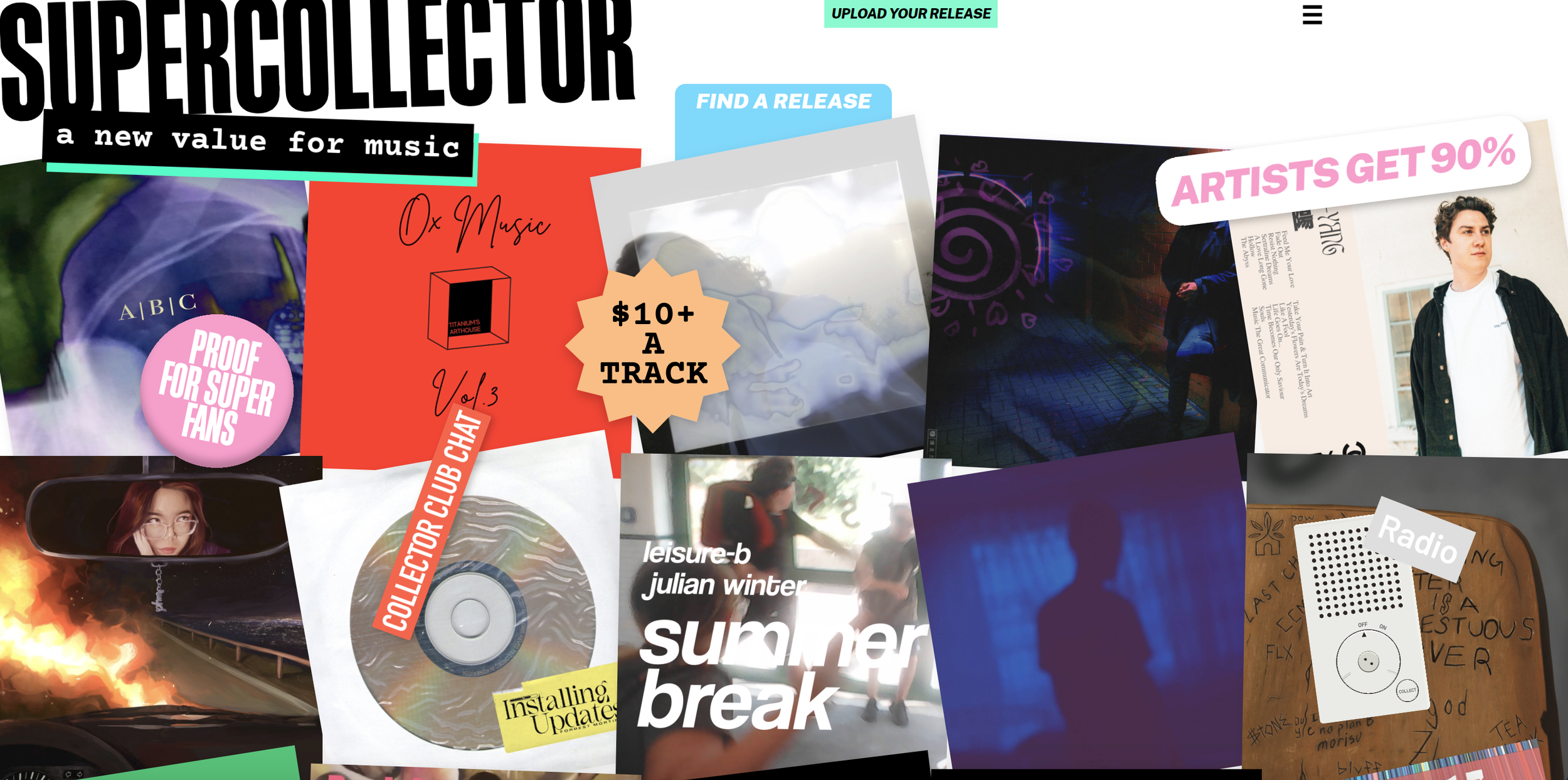Is your arts organization maximizing it’s potential for earned income? You may be missing out on a huge opportunity for revenue generated by your website and social media if you are not closely monitoring your position in online search results. For arts organizations in the 21st century, maximizing the return on investment of digital campaigns is not a matter of creating the best website, but in mastering the art of search engine optimization (SEO).
Why Your Arts Organization Should Use Google Analytics
Arts organizations today face a host of challenges, ranging from traditional issues like budgetary constraints and limited staff to more recent concerns, such as shifting patron demographics and increased market disruption caused by the social media frenzy. How can Google Analytics solve these problems, and more? Read Kathleen Grennan's guide here.
Operatic Analytics
It is easy to see the ways that the production and consumption of opera have changed to match the needs of the 21st century consumer. However, it is difficult to identify similar changes reflected in the way that opera is managed. Opera companies have altered the product they are offering, but have they come up with new metrics to measure and manage their success?
What Leaders Should be Measuring: Six New Metrics from TRG Arts
Between CRM systems, social media management, and Google Analytics, arts organizations today have access to more data than ever before. Indeed, this unprecedented access has allowed for arts leaders to measure their performance more accurately and holistically than in the past. But in this ever expanding sea of data, how does an arts leader decide what information is the most important to focus on extrapolating trends on?
2015 Ticketing Survey Reveals Mobile, Web Swing
Gallery One: Engaging Audiences Infographic
How do you learn best about art? Maybe you lightly browse, interact with friends, or get right in the middle of the action. There are multiple ways to engage with and explore art forms, however cultural institutions may not always program to meet these needs.
The Cleveland Museum of Art's Gallery One activities, on the other hand, were designed with people's learning needs and preferences in mind. In this article I apply WolfBrown's Making Sense of Audience Engagement Audience Typologies to the different initiatives to see how learners can interact with the the Art Lens App, Collection Wall, Interactives, and Studio Play at the CMA.
National Ticketing Survey: Sneak Preview!
National Ticketing Survey Participation Period Extended!
Already your responses are providing valuable insight. AMT Lab has extended the 2015 National Ticketing Software Satisfaction Survey period through March 7, 2015. Collecting information on the attitudes and behaviors of arts organizations currently using ticketing software, the 2015 National Ticketing Survey will help illustrate the met and unmet ticketing needs of art organizations, and capture how ticketing software uses and needs vary by an organization's discipline, budget, staff size, and geographic location. Clear here for the full announcement.
What do you think about your ticketing software?
We are conducting the 3rd National Ticketing Software Survey during the month of February. If you are interested in sharing your experience and your opinions about your software, please let us know. All those participating in the survey will receive a full copy of the report which will provide a national view as well as cluster analyses by discipline, budget size, and geographic region. The data will be useful for both organizations and vendors. Organizations will gain a better understanding of their own practices as compared to their peers and, more importantly, be able to use the findings as evidence for future technology funding campaigns. Vendors will have explicit evidence as to the needs and wants for future software design.
A Case for Using Google Analytics’ Dashboards
Google Analytics dashboards help users efficiently review important metrics and dimensions, like traffic sources or social media shares, quickly generate reporting tools, and create data-friendly cultures through easy sharing and visually storytelling. Learn about how dashboards can not only help managers process website information, but also how they can effectively communicate that information to a broader audience.















